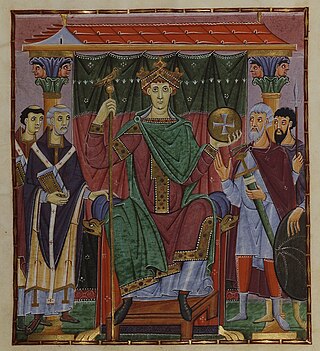| Millennium: | 2nd millennium |
|---|---|
| Centuries: | |
| Decades: | |
| Years: |
| 1009 by topic |
|---|
| Leaders |
| Birth and death categories |
| Births – Deaths |
| Establishments and disestablishments categories |
| Establishments – Disestablishments |
| Gregorian calendar | 1009 MIX |
| Ab urbe condita | 1762 |
| Armenian calendar | 458 ԹՎ ՆԾԸ |
| Assyrian calendar | 5759 |
| Balinese saka calendar | 930–931 |
| Bengali calendar | 416 |
| Berber calendar | 1959 |
| English Regnal year | N/A |
| Buddhist calendar | 1553 |
| Burmese calendar | 371 |
| Byzantine calendar | 6517–6518 |
| Chinese calendar | 戊申年 (Earth Monkey) 3706 or 3499 — to — 己酉年 (Earth Rooster) 3707 or 3500 |
| Coptic calendar | 725–726 |
| Discordian calendar | 2175 |
| Ethiopian calendar | 1001–1002 |
| Hebrew calendar | 4769–4770 |
| Hindu calendars | |
| - Vikram Samvat | 1065–1066 |
| - Shaka Samvat | 930–931 |
| - Kali Yuga | 4109–4110 |
| Holocene calendar | 11009 |
| Igbo calendar | 9–10 |
| Iranian calendar | 387–388 |
| Islamic calendar | 399–400 |
| Japanese calendar | Kankō 6 (寛弘6年) |
| Javanese calendar | 911–912 |
| Julian calendar | 1009 MIX |
| Korean calendar | 3342 |
| Minguo calendar | 903 before ROC 民前903年 |
| Nanakshahi calendar | −459 |
| Seleucid era | 1320/1321 AG |
| Thai solar calendar | 1551–1552 |
| Tibetan calendar | 阳土猴年 (male Earth-Monkey) 1135 or 754 or −18 — to — 阴土鸡年 (female Earth-Rooster) 1136 or 755 or −17 |

Year 1009 ( MIX ) was a common year starting on Saturday of the Julian calendar.




